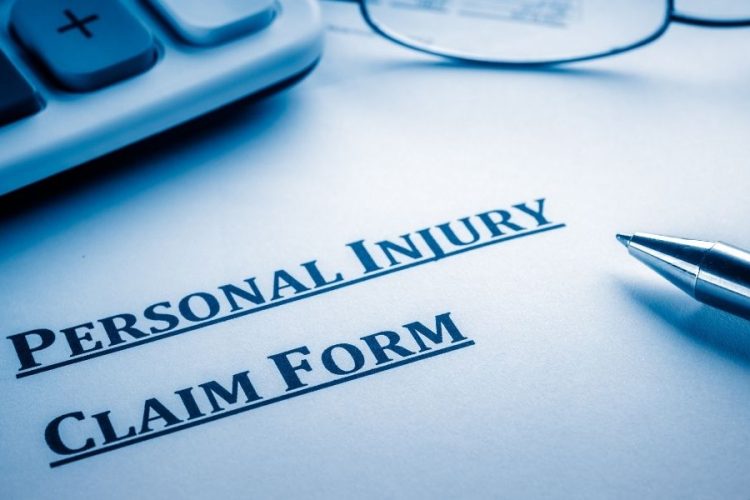Accidents can take place in any scenario. Whether you’re jogging in your neighborhood or riding your bike, there’s always a possibility that you’ll be involved in an accident. However, being injured in an accident is a much more serious situation that can alter your life considerably.
If you’ve been injured in an accident of any kind, personal injury law can help you obtain the compensation you deserve. Whether you file an insurance claim or personal injury lawsuit, you may need assistance from a personal injury lawyer. Here’s an in-depth guide on personal injury lawsuits for 2023.
Who Can File Personal Injury Claims?
When someone has been injured in an accident and believes that the accident was caused by another individual’s negligence, they could file a personal injury claim or lawsuit. These claims are commonly made for car accident injuries and slip and fall incidents.
Keep in mind that some injuries that occur during an accident can grow more severe over time, which is why it’s important to understand the statute of limitations for these cases. The statute of limitations differs with each state. In most cases, a claim or lawsuit must be filed within two years after the accident occurs. However, waiting a long time makes it more challenging to obtain compensation.
Who Should Avoid Filing a Claim?
When someone is at fault for an accident, they won’t be able to obtain damages. This individual’s insurance company may also need to pay out a certain amount of compensation to the injured person.
However, there are times when accidents are more complex and it’s more difficult to assign blame. If each party is given partial blame, the personal who’s responsible for over 50% of the accident is unable to seek damages. As for the other party, they can obtain partial damages.
Steps that Commonly Occur in a Personal Injury Case
There are some basic steps that can occur in every personal injury case, which are detailed below.
Speak with Personal Injury Lawyers
First, it’s important to speak with personal injury lawyers to determine if negligence was involved and who was at fault for the negligence. This attorney can also help in identifying the severity and extent of the injuries as well as any legal options that are available.
Case Investigation
Once an attorney has been hired, they will perform an investigation of the claim to build a strong case. During this investigation, the attorney will obtain witness statements, determine liability, and detail all information required in the case.
Submit a Claim
In most cases, attorneys submit a demand letter to the at fault party or insurance provider that outlines the liability, damages, and entire situation. At this point, the opposing party will thoroughly review the letter and either accept or reject the demand. It’s also possible that a counteroffer will be made. If the terms of the counteroffer are turned down, it’s likely that the case will go to trial.
File a Lawsuit
When both parties are unable to reach an agreement, a lawsuit may be filed by the claimant’s attorney. Once this suit is filed, the discovery process occurs, which allows both parties to gather evidence from one another.
Consider Mediation
After a lawsuit is filed but before the case is taken in front of a judge, the mediation process can occur. During this process, a third-party mediator will attempt to assist both parties in coming to an agreement.
Possible Trial
If mediation fails, the next step involves a trial, which is overseen by a judge who will determine fault and can choose to award compensation. Before the trial begins, attorneys regularly perform a mock trial to review all of the details and make their arguments.
Potential for Appeal
If the outcome of the personal injury case isn’t favorable, an appeal can be filed with the help of an attorney.
Types of Personal Injury Cases
There are several types of personal injury cases. A road traffic accident can involve cyclists, drivers, and pedestrians. Product liability claims can be made if the injury is caused by dangerous or defective medical devices, medications, and foods.
A business could be held liable if a slip and fall accident takes place on their property. These accidents regularly occur in retail stores, parking lots, and other types of commercial properties where there are missing handrails or slippery floors.
The most severe form of personal injury is a wrongful death, which occurs when someone dies because of carelessness. Examples of wrongful death include a defective product, car accident, or medical error.
Call our personal injury lawyers in Nassau County today to explore your legal options.

